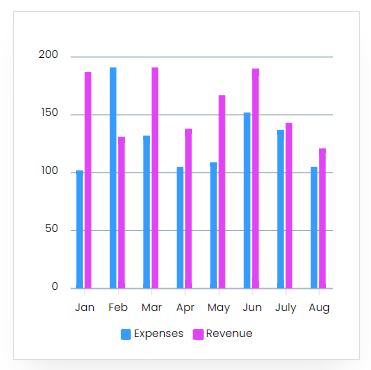Project Report For Cutting Oil Manufacturing
Introduction
Project report for Cutting Oil Manufacturing is as follows.
Cutting fluid is a liquid that is used in metalworking operations including cutting, drilling, milling, and turning to lubricate for minimising friction and wear and tear on the workpiece and to reduce the heat produced due to deformation.
Cutting oils are widely used in metal cutting, lathe component machining, and other technical tasks. Oils for this purpose are often used as an emulsion in water with detergents, biocides, chlorinated paraffins, halogenated and nonhalogenated additives, and additives inserted to increase performance, depending on the metal being machined.
Project Report Sample On
Cutting Oil Manufacturing
Get Completely Custom Bankable Project Report
Crude oil is used to obtain the base oils used in cutting oils. Crude oil price volatility is expected to impact base oil pricing, which might stymie the global reducing oil market. Cutting oils can be hazardous to a few metals if not handled appropriately.
They can also have a negative impact on humans. Cutting oils can cause skin irritations, oil acne, and rashes, as well as irritation of the eyes, nose, and throat, and respiratory problems (such as cough, asthma, and other breathing issues). Because cutting oil is insoluble and might cause soil contamination, disposing of it is considered to be a key stumbling block to its application.
The quality of cutting oils deteriorates very little with use, and their service life is nearly endless if they are kept clean and free of contamination. They have very minimal additive depletion due to cutting action, and the quality is effectively maintained by adding additional oil to compensate for ‘drag-out’ losses (those caused by oil adhering to both the scarf and the work). A serious loss of hydraulic fluid or lubricating oil into the coolant system might dilute the additive concentration and, as a result, the cutting oil’s effectiveness.

Cutting oil is a type of lubricant that is used as a metalworking fluid in a variety of industries, including machining and stamping. Cutting lubricants are specially formulated to extend the life of cutting instruments while reducing wear and tear. Cutting oil’s principal role is to manage temperature by cooling the work surface.
Cutting oil is used in machining processes because it helps to minimize heat generated at the workpiece contact. Lubricants are also used in cutting oils. They lubricate the contact between the workpiece and the machine. Chips/metal fines and particles are also removed using cutting oil.
Cutting oil’s composition changes based on the sort of machining operation it’s employed in. Natural or synthetic base oils are often used to make cutting oils. Furthermore, based on the machining application wherein the cutting oil is used, various additives are added to the base oil in order to alter its properties.
Market Potential Of Cutting Oil Manufacturing
Cutting fluid is expected to be a global market worth USD 13.06 billion by 2030, growing at a CAGR of 4.8% from 2017 to 2030. In 2017, this market was worth USD 9.02 billion.
Expenses

Product Cost Breakup

Reveneue Vs Expenses

Market Trend

The worldwide cutting oil market is expected to grow during the forecast period as a result of an increase in demand for cutting oils for use in a variety of applications. Over the projected period, technological advancements in equipment used in a variety of industries, including construction, electricity & power, agriculture, automobiles, rail, marine, telecommunication, and health care, are anticipated to increase demand for cutting oil.
The global market for cutting oil is anticipated to develop over the forecast period due to increased industrialization and expansion in the automobile industry. As a result of cutting oil’s capacity to deliver a superior surface finish and high-quality fabrication, the automotive industry utilises it in huge quantities.
The cutting oil market can be divided regionally into North America, Asia Pacific, Europe, Latin America, and the Middle East and Africa. During the projected period, Asia Pacific is expected to account for a significant portion of the global market for cutting oil.
Due to rising demand from the manufacturing sector, particularly in China and India, and increased car production in the region, the cutting oil market in Asia Pacific is anticipated to grow over the next several years. Europe’s market is anticipated to be driven by an increase in demand for cutting oil in the automotive and manufacturing industries.

